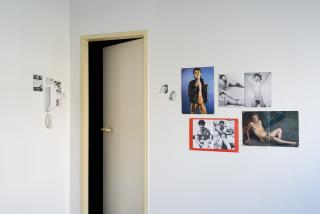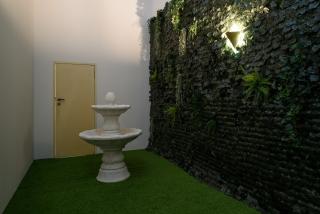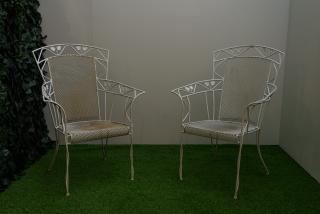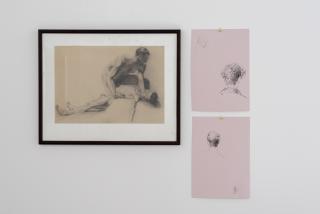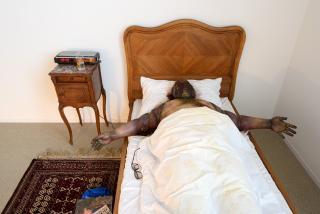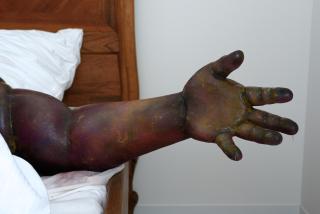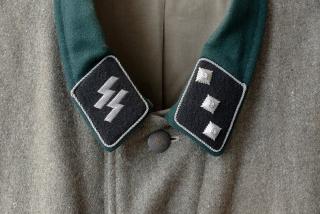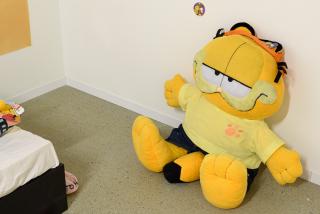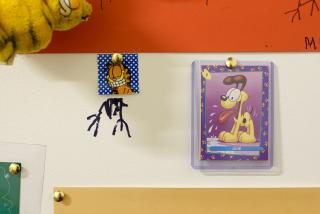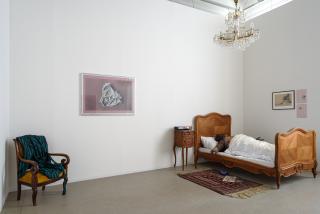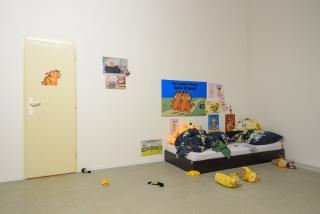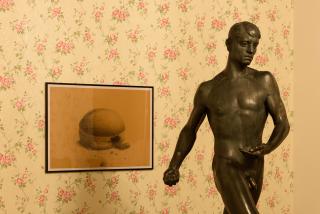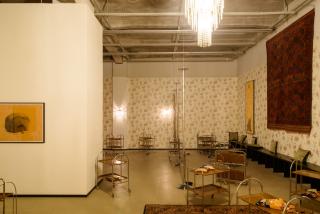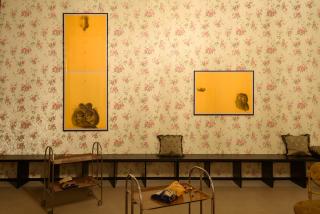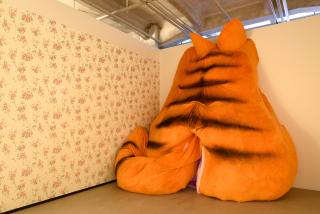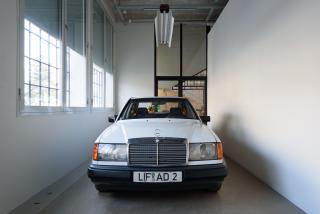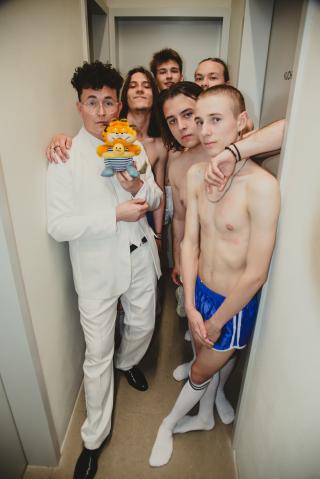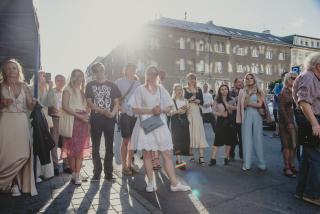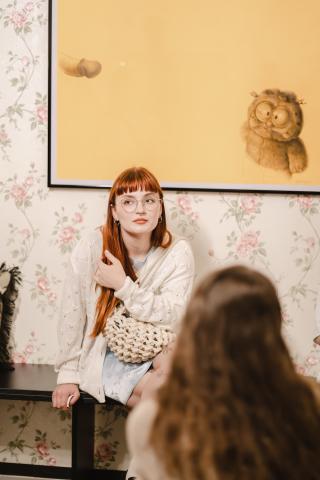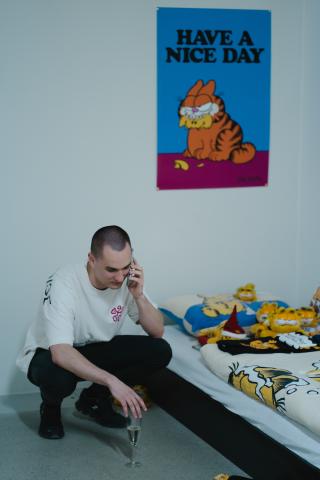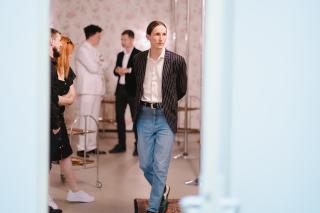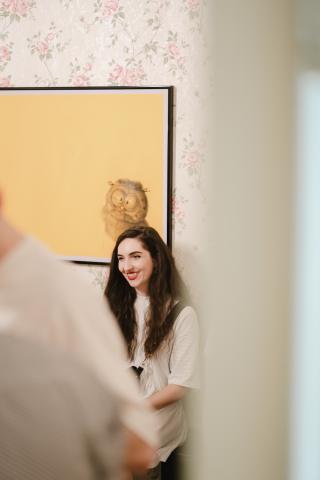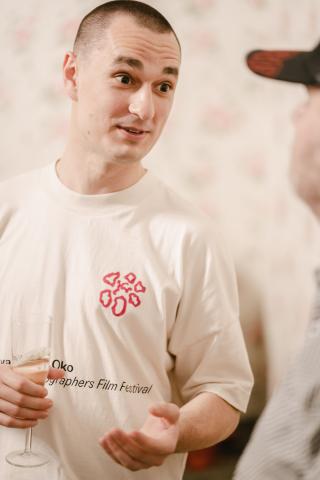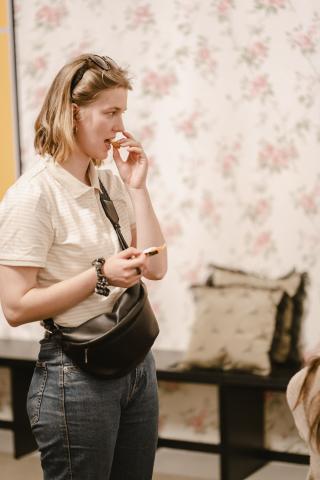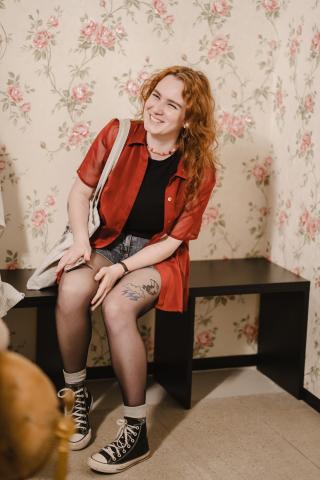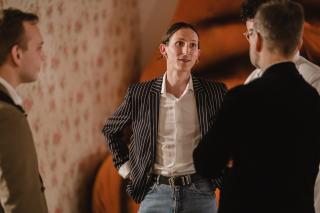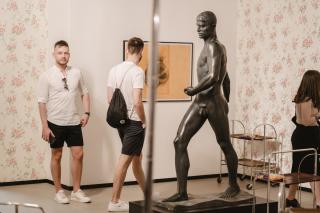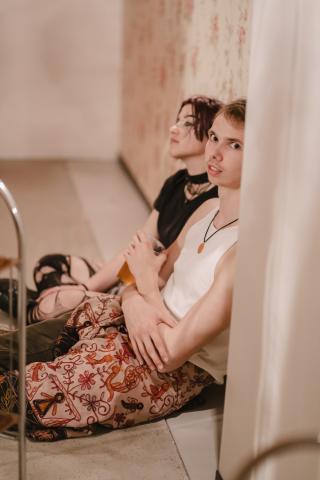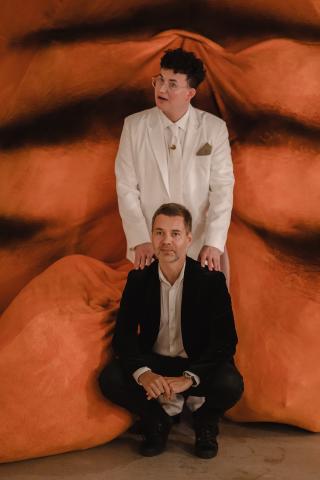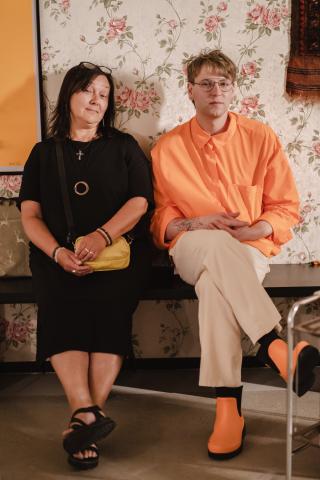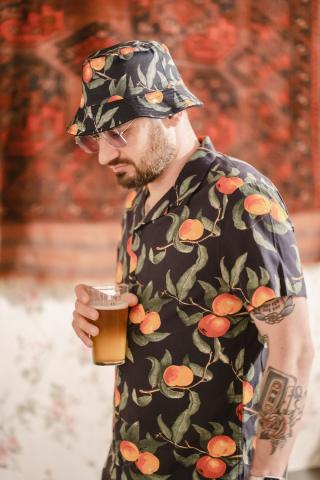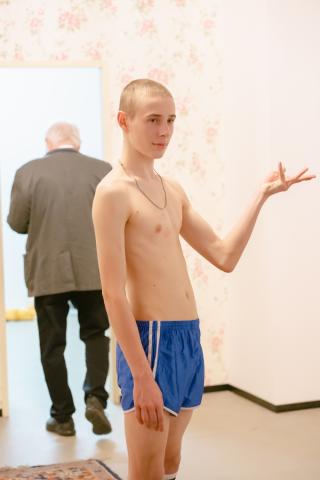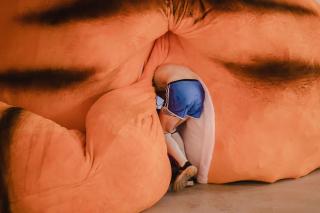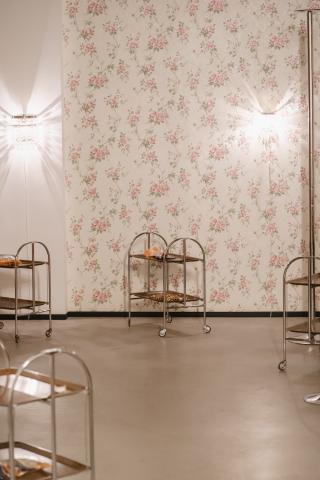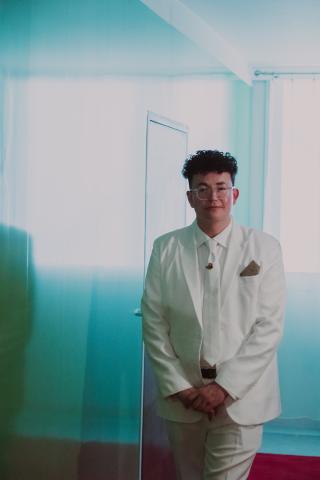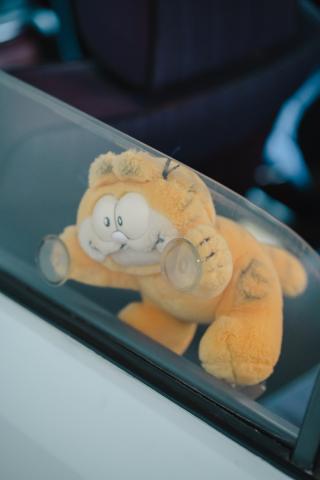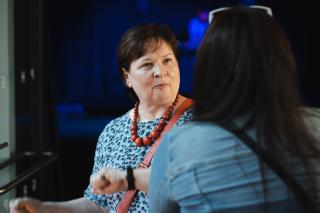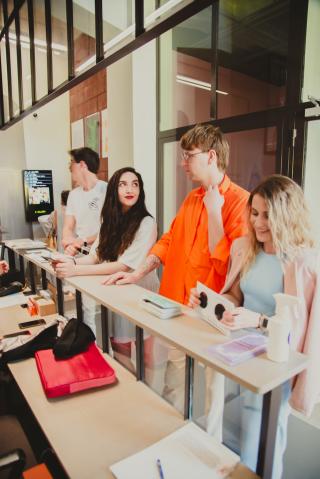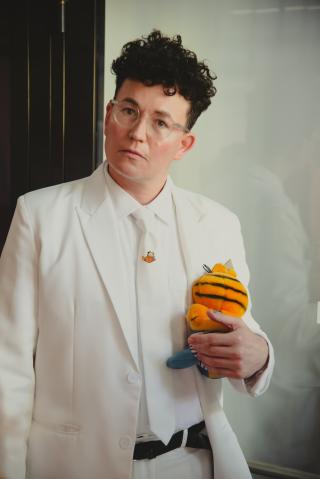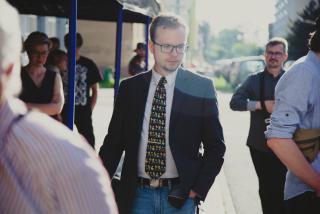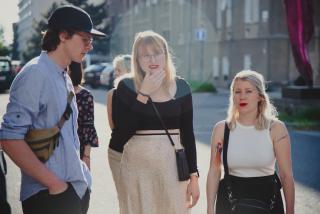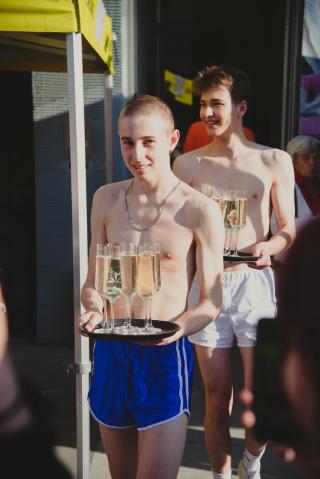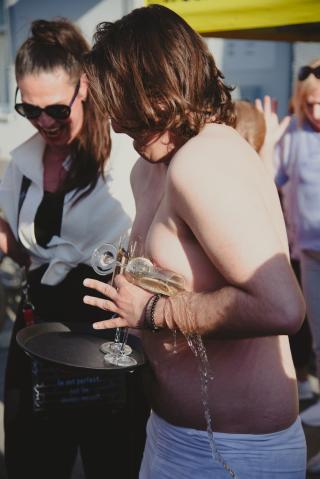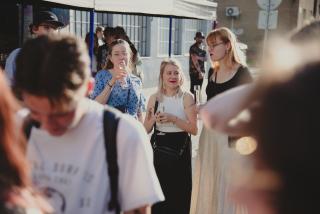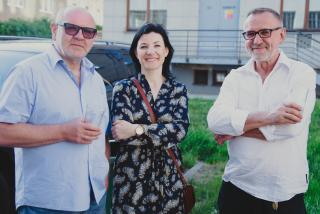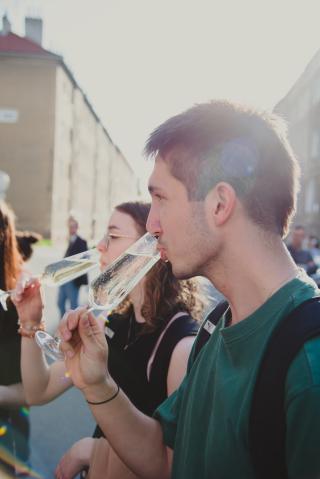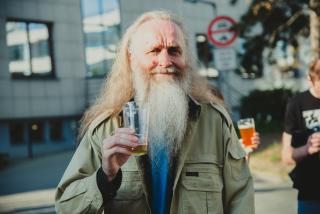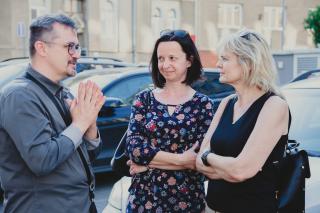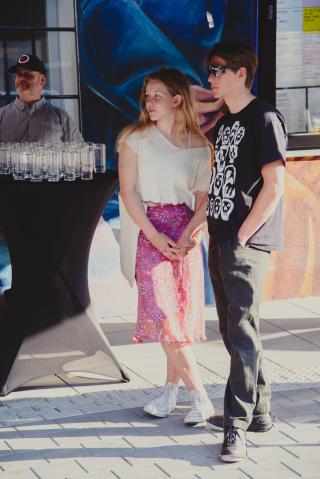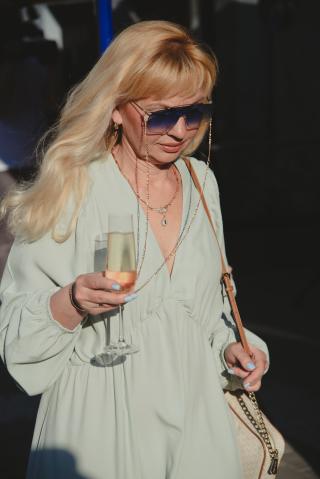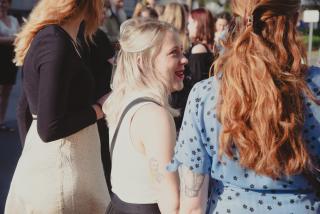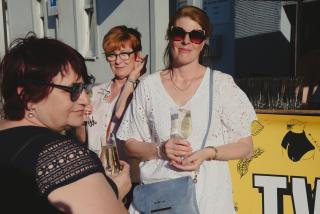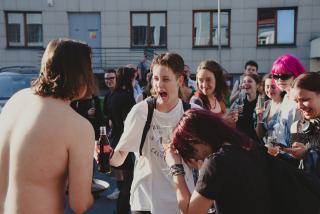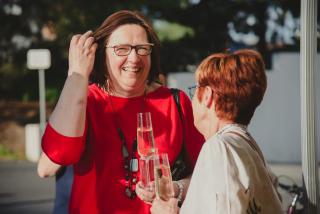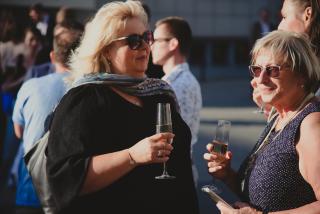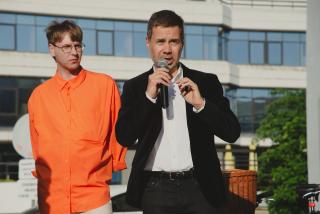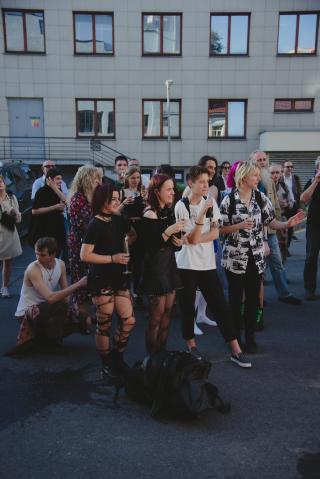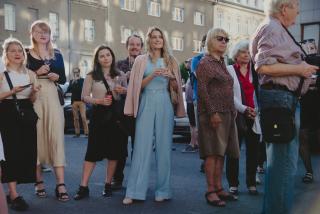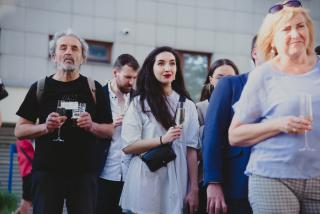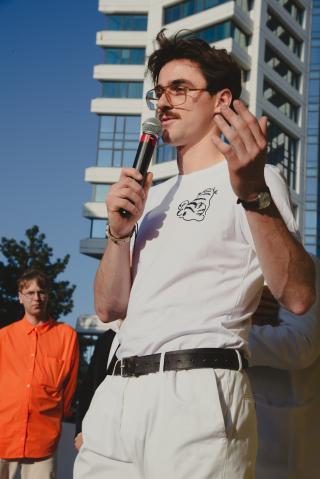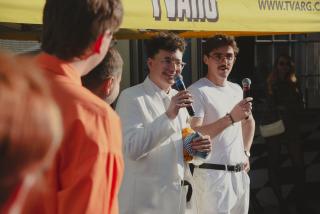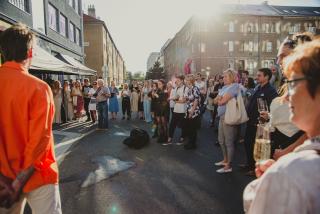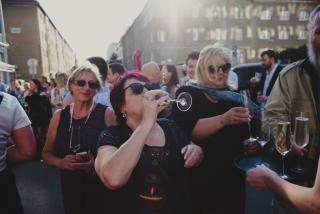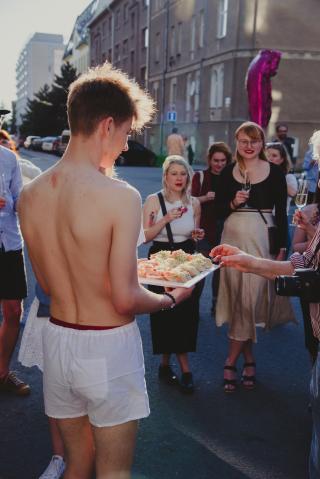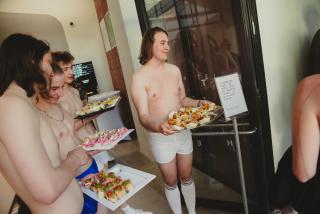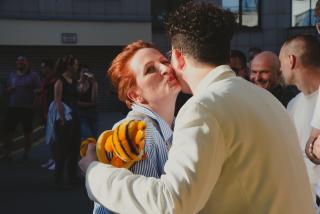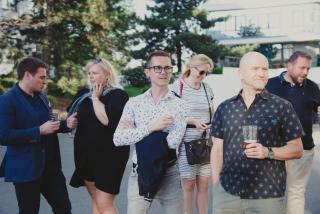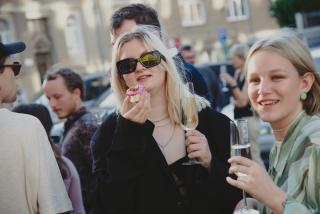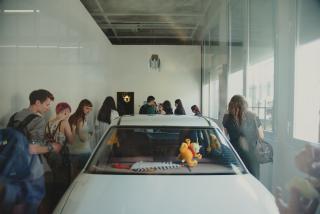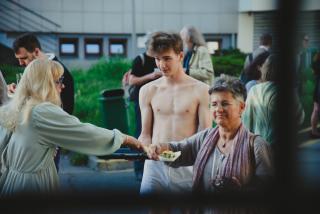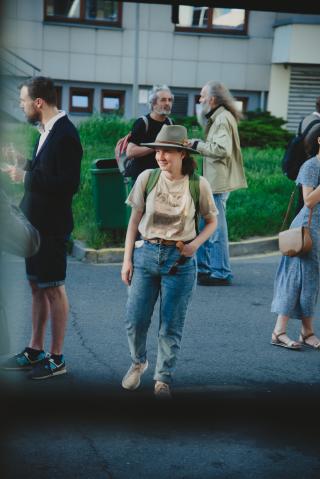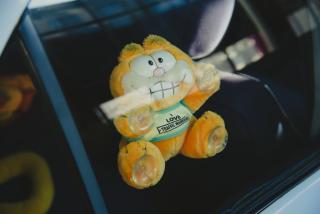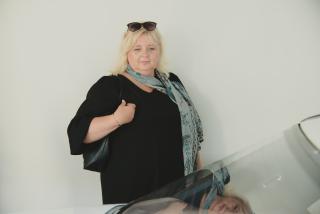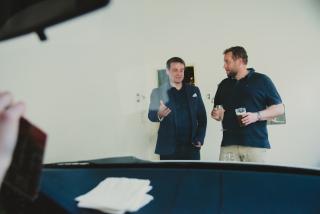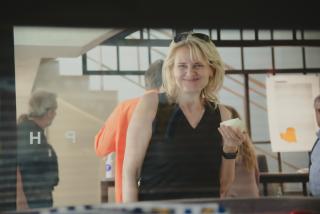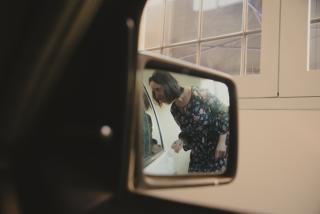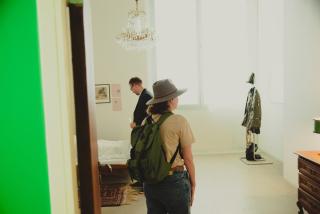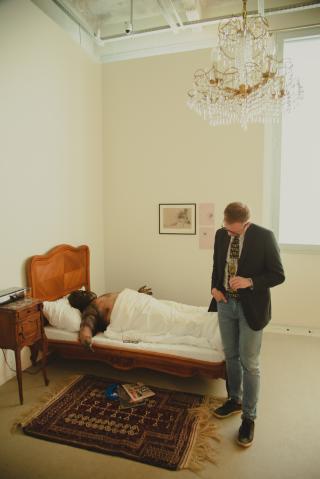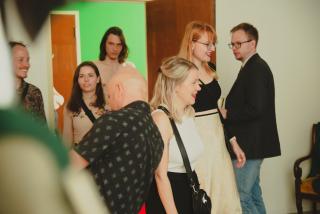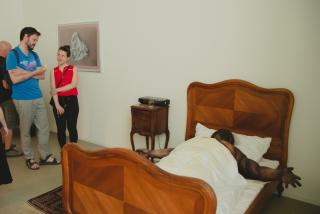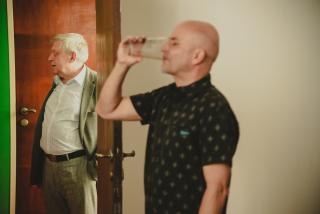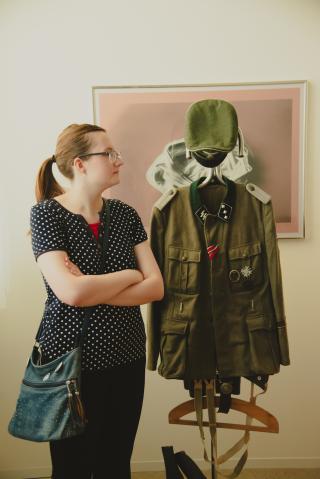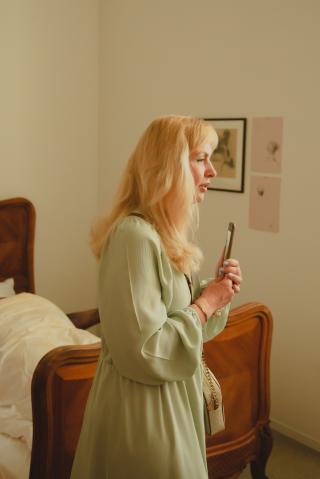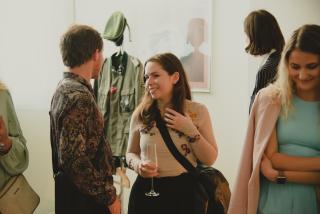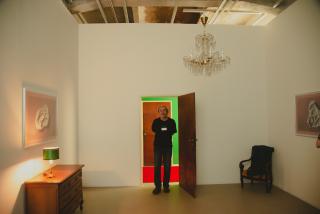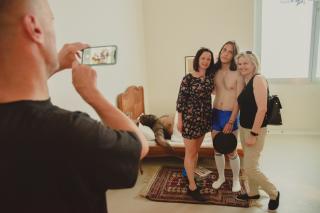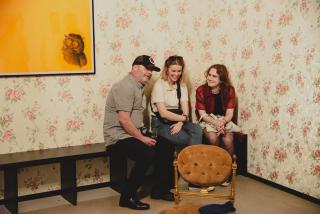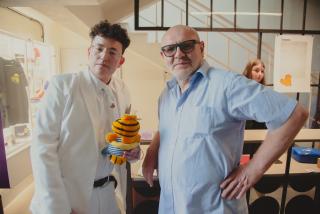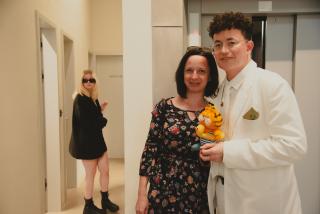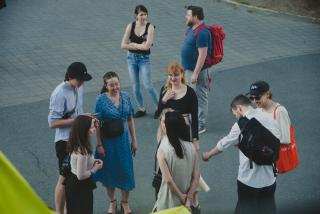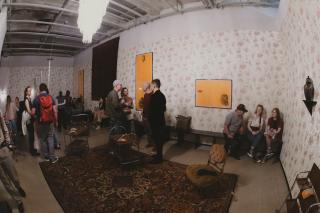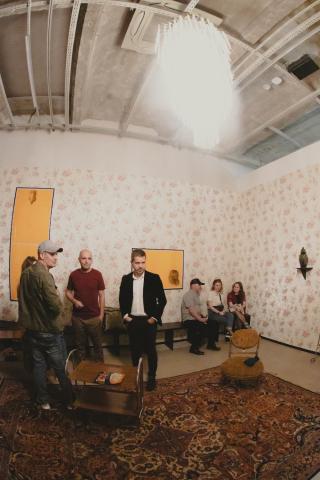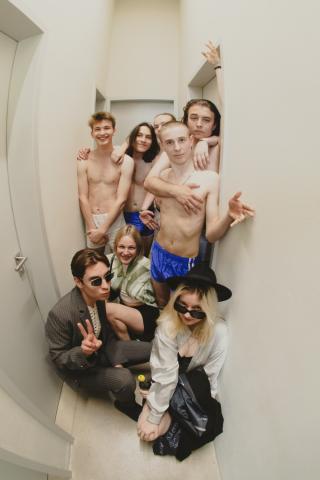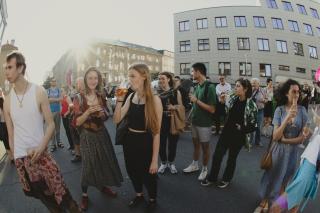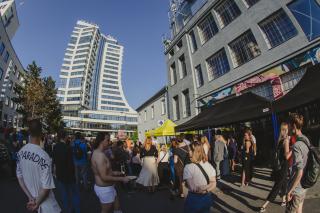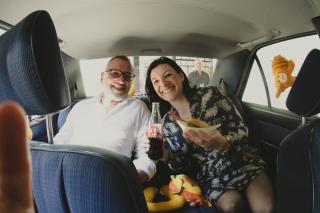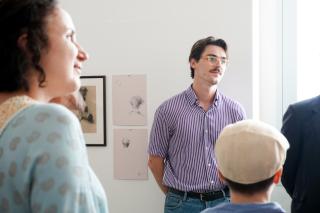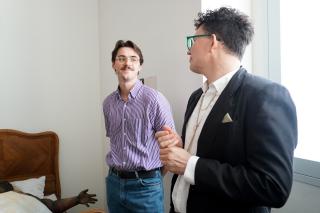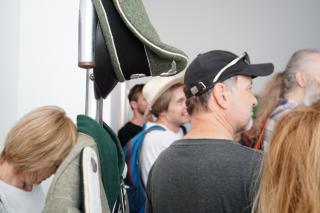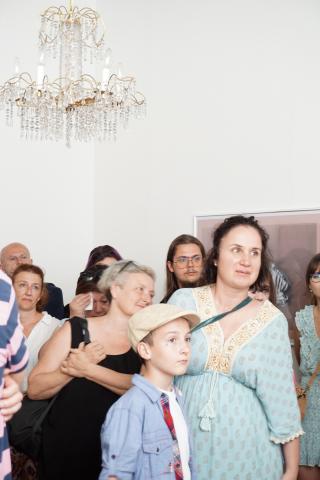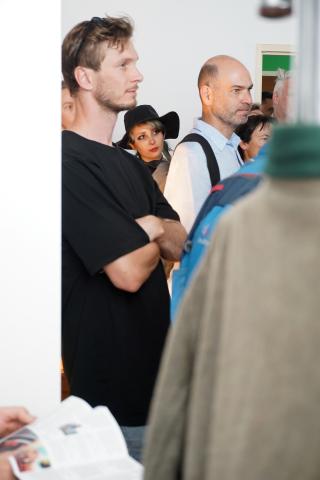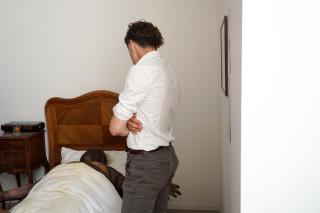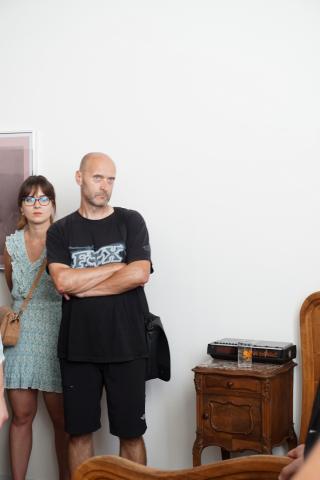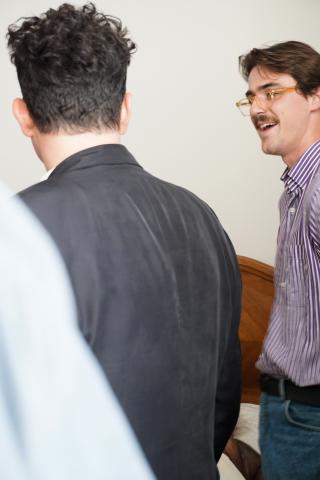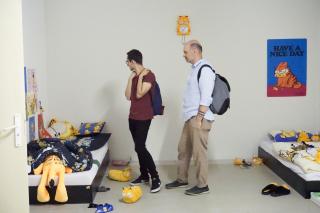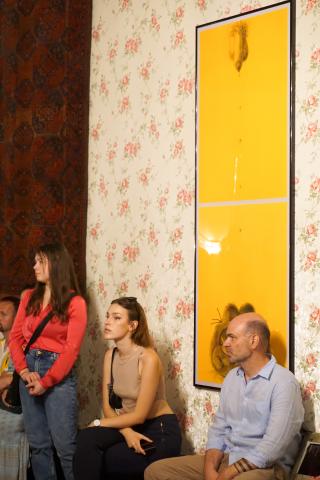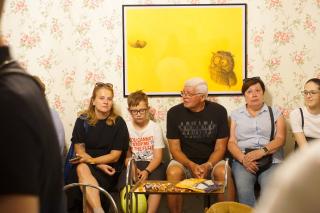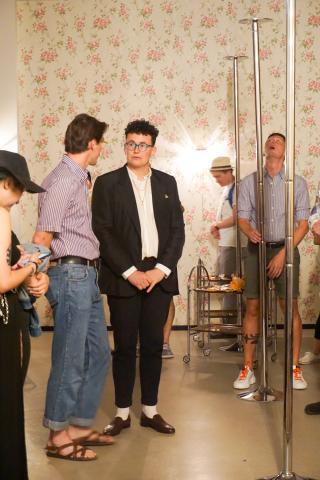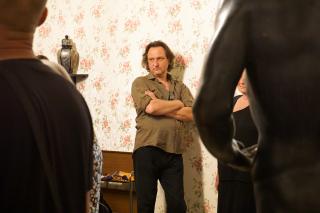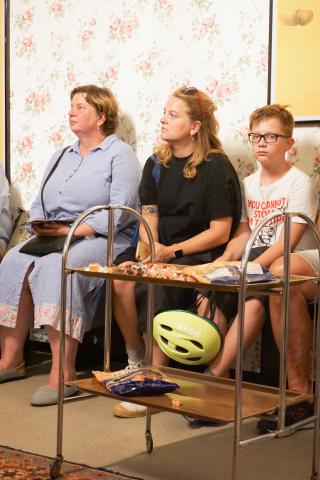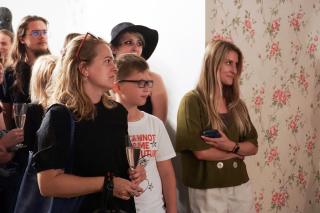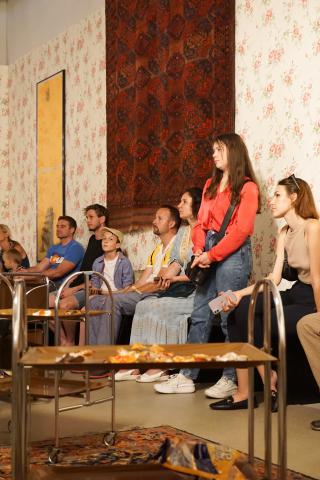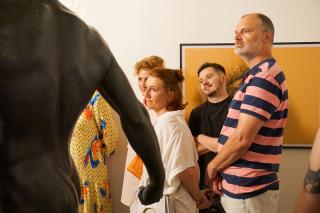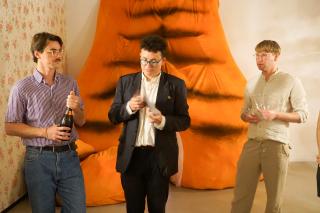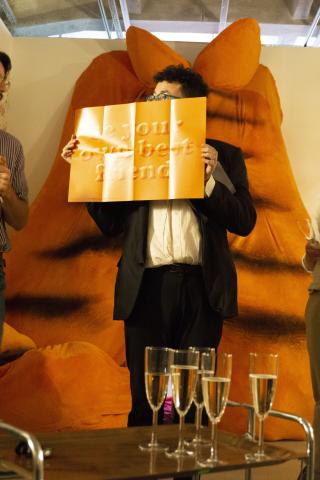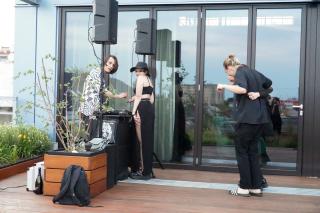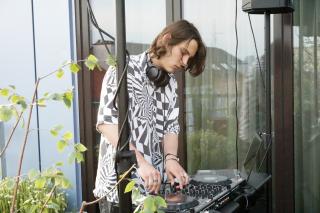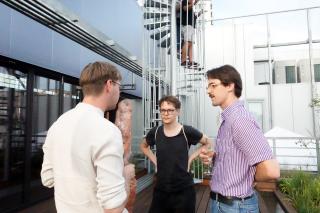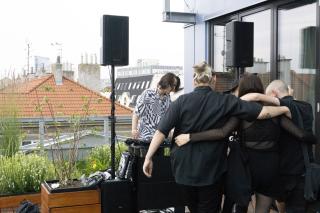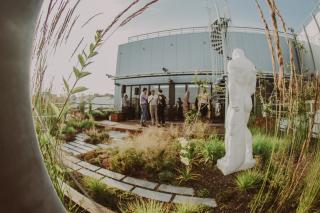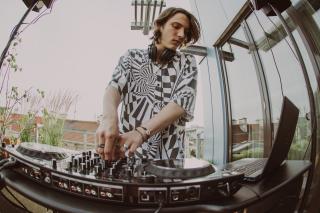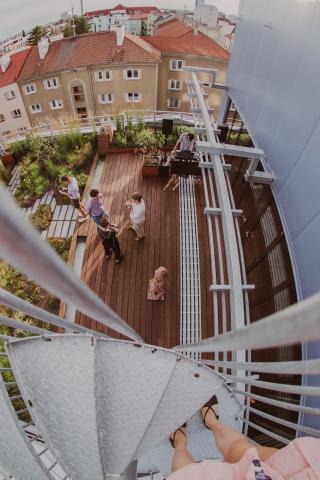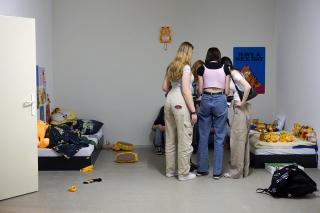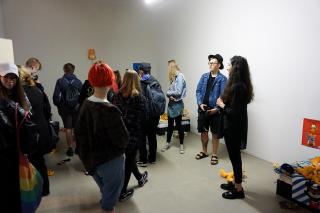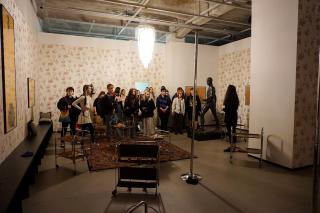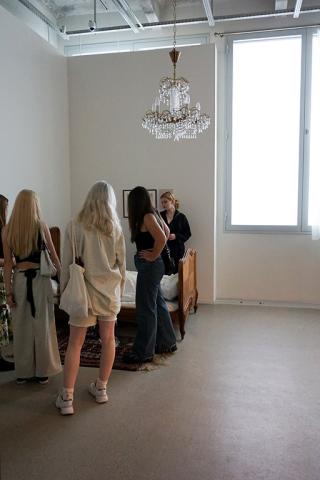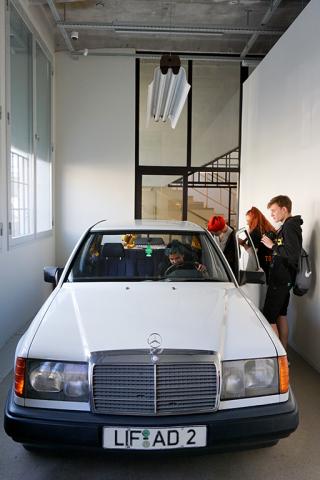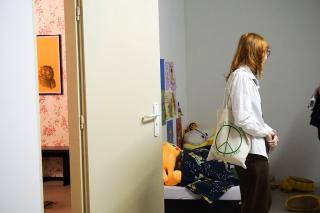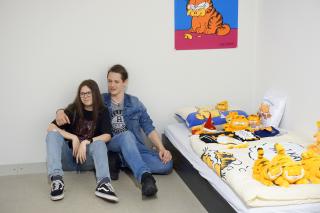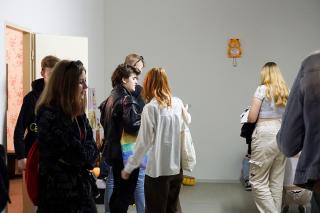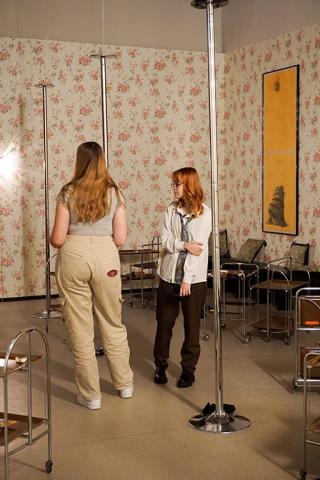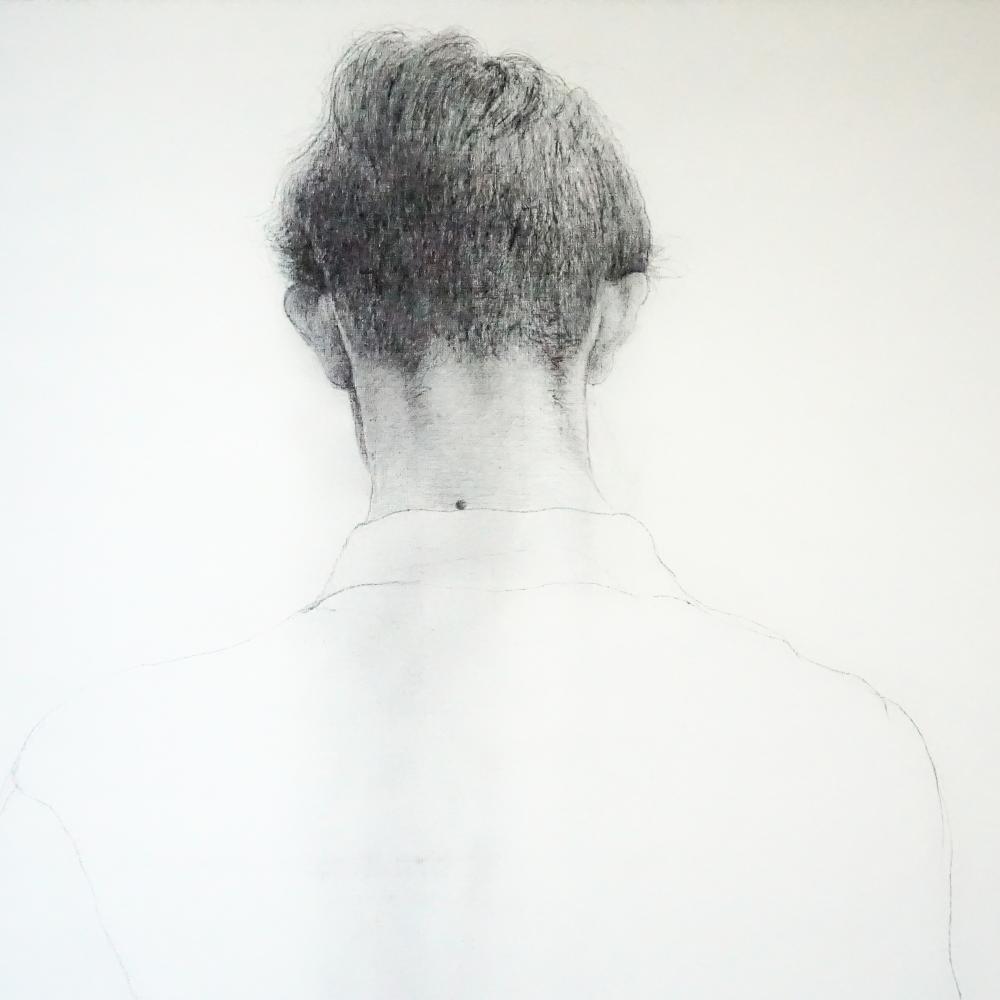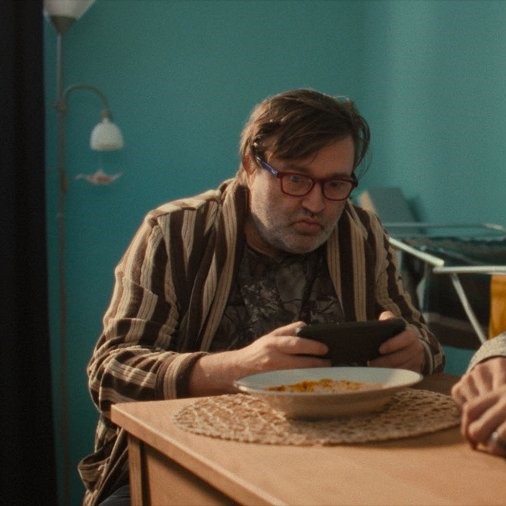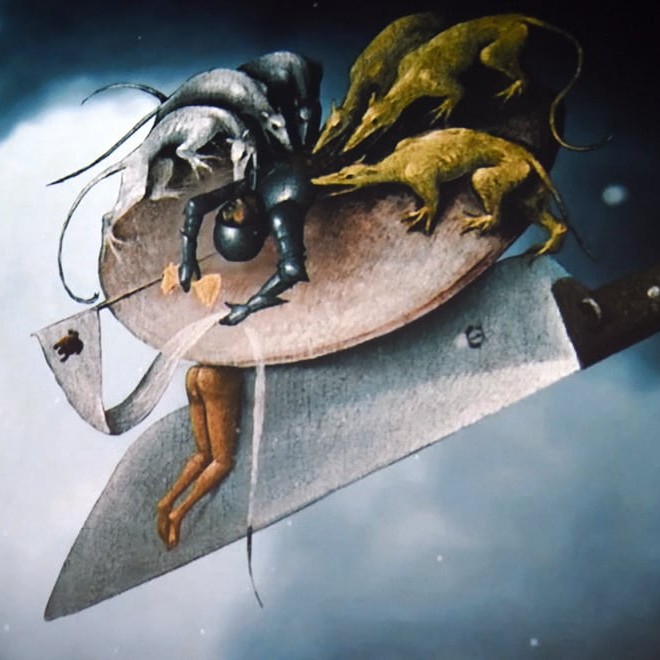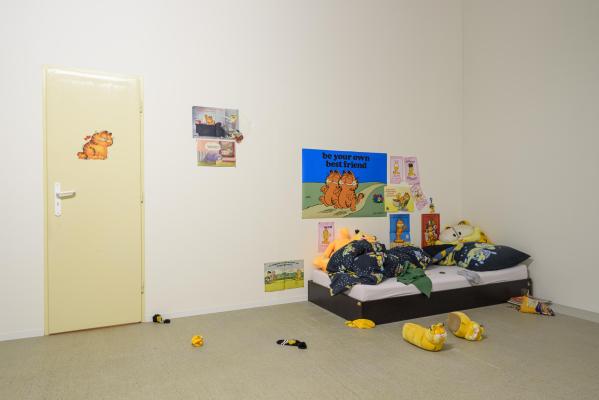
Der Mai bringt Blumen dem Gesichte, aber dem Magen keine Früchte. (German proverb)
What is the significance of a death that has managed to completely escape all attention? No funeral, no flowers and no funeral feast, but neither the long ringing of the doorbell, the horrified cries of the neighbour and the useless call of the ambulance. Some existences just seem to disappear from the world unnoticed, having vanished from the minds of their surroundings long ago. But appearances can be deceiving. Every person leaves traces behind, and it is only a matter of the stage of their decomposition how they will greet the eye of a possible curious onlooker. Things. Personal possessions accumulated during life become the only reminders of the deceased's personality. They are his defining characteristic. The kind of diary that can only be read when the last page is filled with unfinished sentences and their meaning fades.
It's May, the garage door ajar, letting in some fresh spring air while inviting an uninvited visit to the property. Come on in, nobody is going to be mad.
If you actually are courageous enough and enter the darkened mansion, you will be drawn in completely. It will suck you in like a raspberry. Through the garage, past the high-class car, across the front garden and on down the hallway, to the individual rooms. We find ourselves not only in a strange house, but in a strange time in 1980s West Germany, among artifacts that were very hard to find in our country at the time. The strange premonition of something sinister grows stronger with every opened door. Some might prefer to return to a sunny spring street, but which doors were the right ones?
Mark Ther once again plays a game with the past, this time closer in time to our present, but in some ways much more distant. Although the authenticity of the objects on display is undeniably crucial, he does not attempt a faithful reconstruction. Through symbols and typical attributes, a certain form of period atmosphere is evoked, but this is soon shattered by blatant paradoxes and exaggerated clichés. The domestic idyll is also disturbed by a somewhat repulsive secret from an even more distant past, which spreads from the bedroom throughout the house and adds a sticky aftertaste to our explorations.
The linking of reality and fiction, appropriation and authorial creation, happens through the insertion of the author's drawings and prints into the family collection of the owner of the house, alongside paintings and sculptures by long-forgotten artists. Even at this level, there is a sub-surface exchange of cultural references between the past and the present, driven more than anything else by an almost childishly honest fascination.
The exhibition is one big backdrop, the interior of a computer game, or the set of an immersive work, the traversal of which may even resemble something like an escape game. However, one can only escape from the artist's fantasies, memories of childhood, as well as from the silly games with our attention and perception of space through the magnificent anus of the omnipresent cat Garfield.
In the person and work of Mark Ther, the well-known cliché about the inseparable connection between life and art is fulfilled in practice. His work is largely characterised by his external influence and his genuine, immediate interest in things. He is primarily concerned with feature films, gallery installations and drawing. His way of working is characterised by a certain director's approach, directing individual details and elements of meaning into a final whole. In this way, he creates plastic and (seemingly) authentic fictional worlds, within which he deals with themes related to the objects of his fascination. Whether it is a play with language, the fate of the Sudetenland and its inhabitants, queer themes or fashion. He often takes the aforementioned authenticity to a certain extreme, only to undermine it immediately so he can give us a glimpse of the backstage. A number of lines of interpretation could certainly be successfully developed in relation to Mark's vast body of work, aiming at his profound theoretical reflection. But one could equally say that the most interesting thing about Mark Ther is Mark Ther himself.***
Curated by Michal Jalůvka
Supporting programme:
